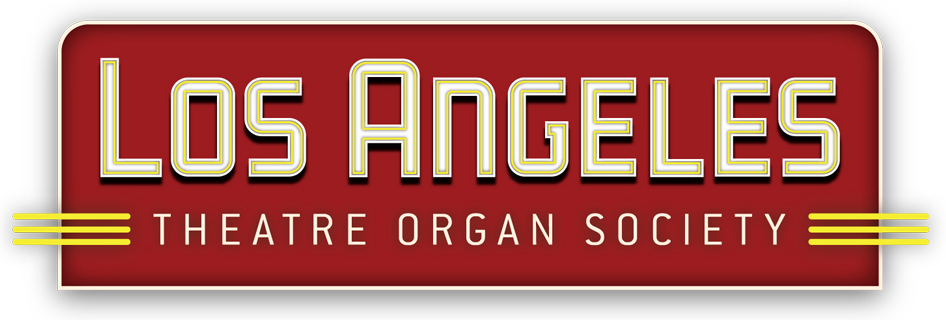
VIC LOPEZ AUDITORIUM
12417 Philadelphia St, Whittier, CA 90601
Vic Lopez Auditorium, which was built for joint use by Whittier High School and the community, seats 2,500 and was built in 1940 as a Works Progress Administration (WPA) project. Its Art Moderne architecture stands out with clean lines and heavy Art Deco influence. The 4-manual, 26 rank Wurlitzer was originally built for Seattle's 5th Avenue Theatre in 1926. It was later installed at Cap’ns Galley Pizza & Pipes Restaurant in Redwood City, California. Originally built as a 4/18 Special, Wurlitzer Opus 1388 was inaugurated by Oliver Wallace, who later went on to become the longtime Music Director of Walt Disney Studios.
In 1967, Bill Breuer, a successful restaurateur from the San Francisco Bay Area, opened a Wurlitzer-equipped pizza restaurant in Santa Clara. The swift success of his new venture precipitated immediate plans for a second, larger location. Breuer made arrangements to purchase the 5th Avenue Wurlitzer as the main attraction for a new Redwood City location of Cap’ns Galley. After the restaurant eventually closed, Ken Crome and his crew from Crome Organ Company removed the organ from Cap’ns Galley and moved it to his shop in Los Angeles. It was David Harris who first suggested the possibility of installing a large Wurlitzer into the mammoth Vic Lopez Auditorium at Whittier High School. The organ was ultimately donated to the Whittier High School Alumni Association by former owner Maureen Howe.
Local attorney Joe Vinatieri did a complete and thorough rebuild of all mechanical components. He also made a few additions, including a Trivo Tuba Mirabilis donated by Bill Wood, to help crown the ensemble in the immense space. On the bass end, Crome added a Wurlitzer 16' Clarinet, Violone, Tuba Diaphone. David Harris donated a 16' English Horn extension. After completion of the installation, Ken Crome and Steve Hansen worked with Ken Kukuk from Los Angeles to complete tonal finishing of the instrument. Mark Herman donated additional Wurlitzer pipework to replace some off-brand additions from the pizza parlor days and Ken Crome donated additional percussions and parts to create a high-quality instrument from top to bottom.
Photos by Mark Herman. The text above was adapted from the 2018 ATOS Annual Convention Program booklet.